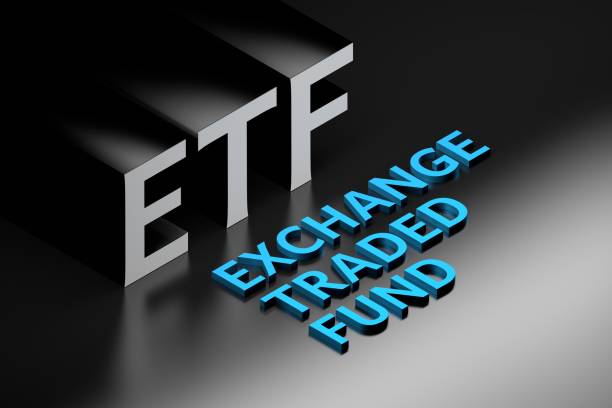
I . What Is an Exchange-Traded Fund (ETF)?
An exchange-traded fund (ETF) is a type of index fund traded on the stock exchange, providing investors to participate in the index performance.
An ETF securitizes an index. Instead of investing directly in a basket of securities in the traditional way, investors invest indirectly by holding beneficiary certificates that recognize the interest in the securities underlying the index. An ETF issuer would place a portfolio of shares in a trackable index under the custody of a trustee, which would then be physically guaranteed, and split into a number of lower-priced investment units (known as ETFs) for investors to buy and trade on a central market. After the issuance of the ETF, the investor can apply to the issuing institution to create or redeem the ETF.
When creating the ETF, the investor shall deposit a basket of stocks with the same dividend value as the underlying index into the trustee institution, and then the institution will issue the corresponding amount of ETF to the investor. During the redemption process, the investor can convert the ETF holdings into constituent stocks of the underlying index. Only Taiwan translates separately into index equity funds.
The first ETF was the SPDR S&P 500 ETF (SPY), which tracks the S&P 500 Index, and which remains an actively traded ETF today.
KEY TAKEAWAYS
- An exchange-traded fund (ETF) is a basket of securities that trades on an exchange just like a stock does.
- ETF share prices fluctuate all day as the ETF is bought and sold; this is different from mutual funds, which only trade once a day after the market closes.
- ETFs can contain all types of investments, including stocks, commodities, or bonds; some offer U.S.-only holdings, while others are international.
- ETFs offer low expense ratios and fewer broker commissions than buying the stocks individually.
II . How to Buy ETFs
With a multiplicity of platforms available to traders, investing in ETFs has become fairly easy. Follow the steps outlined below to begin investing in ETFs.
- Find an Investing Platform
- Research ETFs
- Consider a Trading Strategy
III. Understanding Exchange-Traded Funds (ETFs)
An ETF is called an exchange-traded fund because it’s traded on an exchange just like stocks are. The price of an ETF’s shares will change throughout the trading day as the shares are bought and sold on the market. This is unlike mutual funds, which are not traded on an exchange, and which trade only once per day after the markets close. Additionally, ETFs tend to be more cost-effective and more liquid compared to mutual funds.
IV. Example of ETF
Below are examples of popular ETFs on the market today. Some ETFs track an index of stocks, thus creating a broad portfolio, while others target specific industries.
- The SPDR S&P 500 (SPY): The “Spider” is the oldest surviving and most widely known ETF that tracks the S&P 500 Index.
- The iShares Russell 2000 (IWM)tracks the Russell 2000 small-cap index.
- The Invesco QQQ (QQQ)(“cubes”) tracks the Nasdaq 100 Index, which typically contains technology stocks.
V. Advantages & Disadvantages
Advantages
- Access to many stocks across various industries
- Low expense ratios and fewer broker commissions
- Risk management through diversification
- ETFs exist that focus on targeted industries
Disadvantages
- Actively managed ETFs have higher fees
- Single-industry-focused ETFs limit diversification
- Lack of liquidity hinders transactions
 Global
Global Singapore
Singapore Hongkong
Hongkong Group
Group